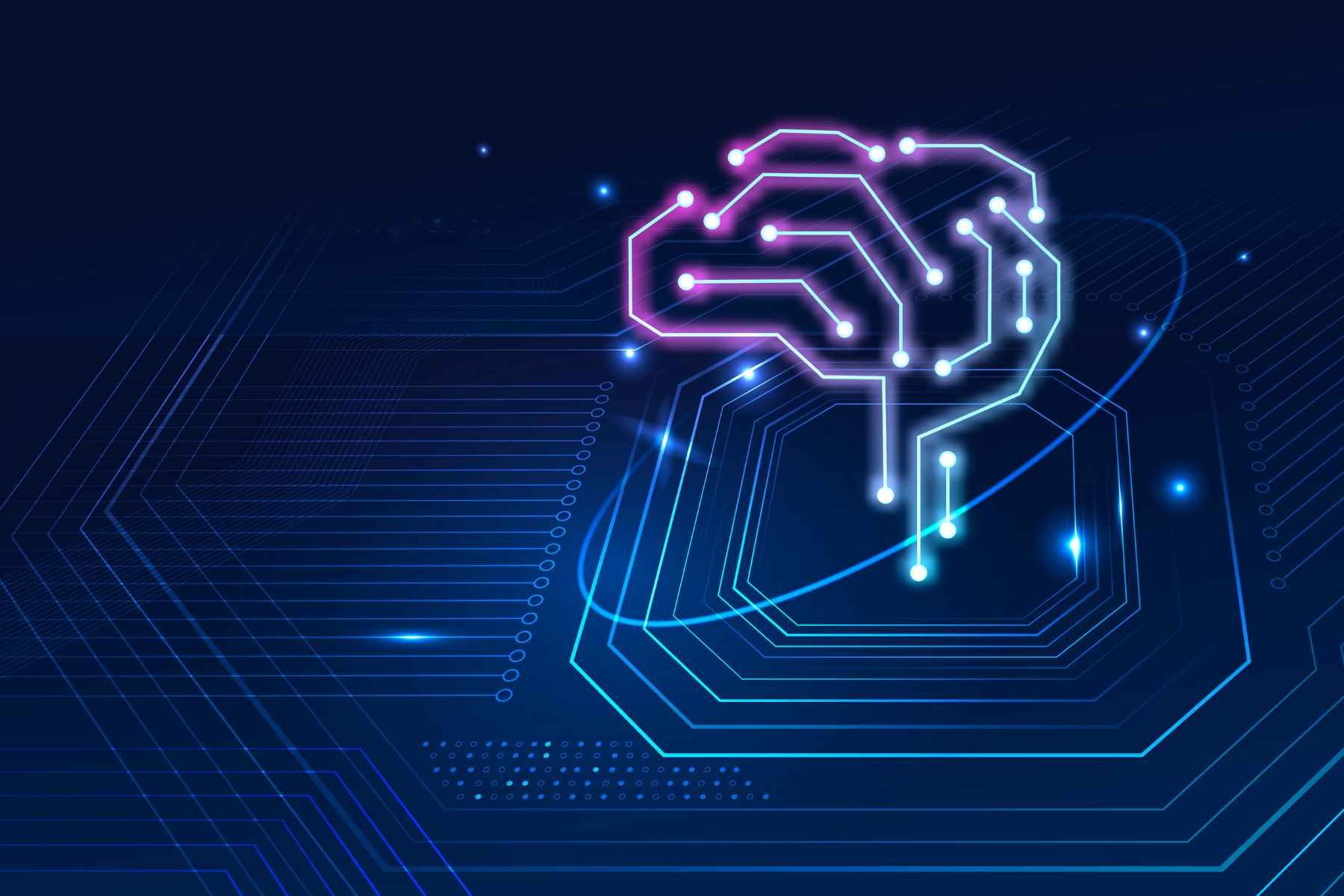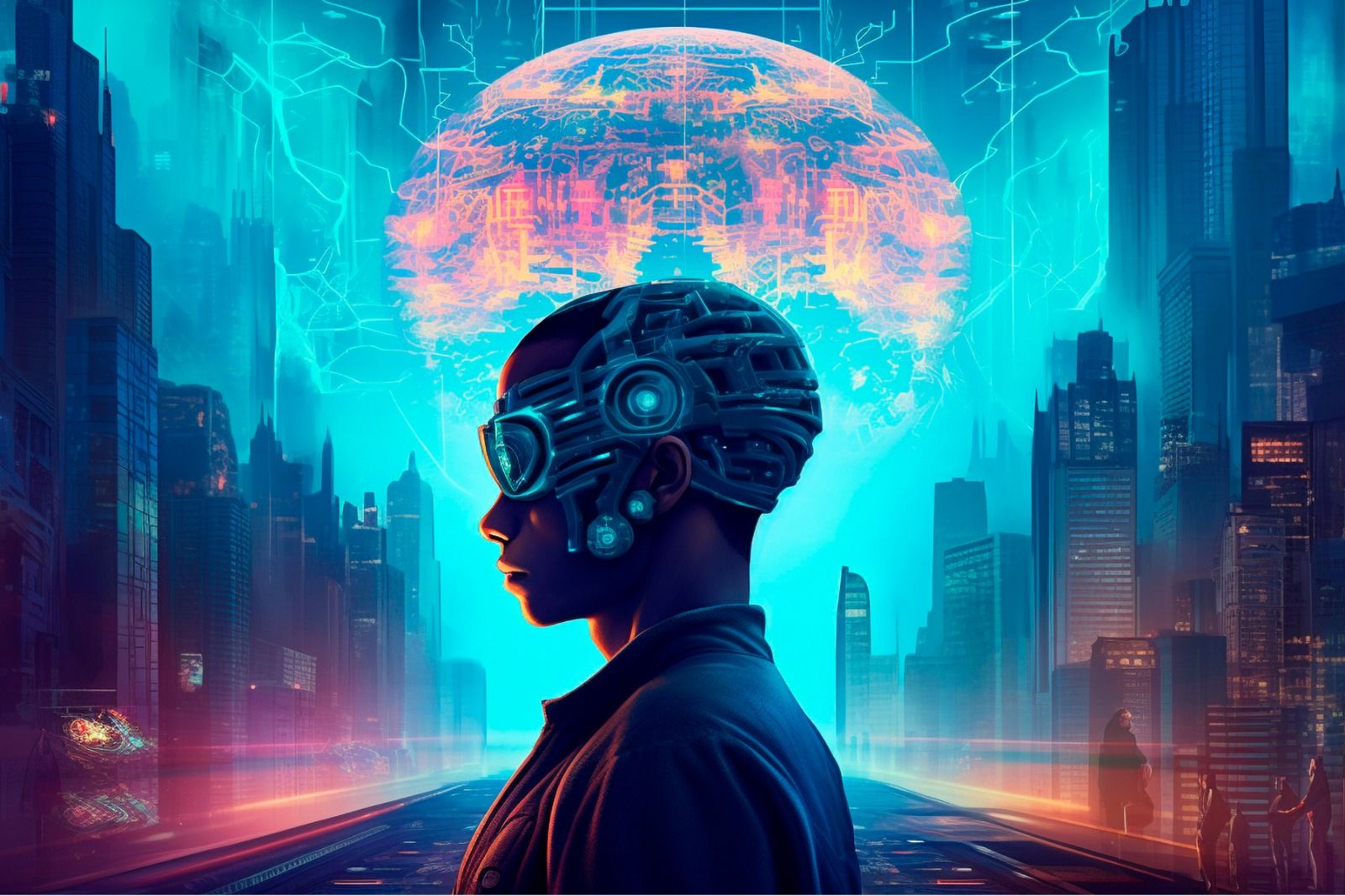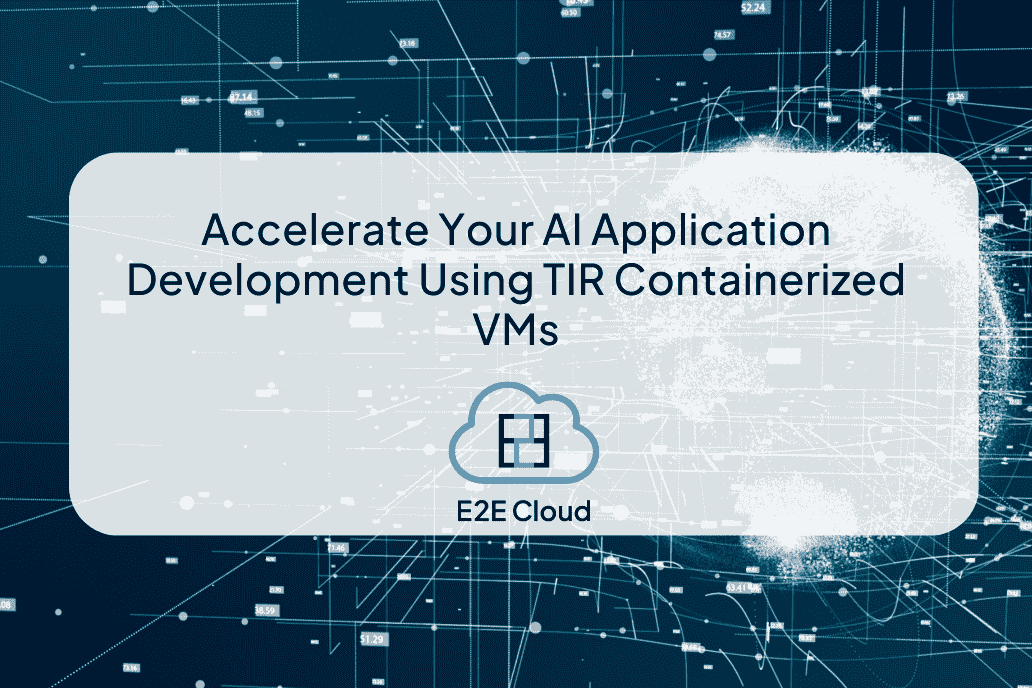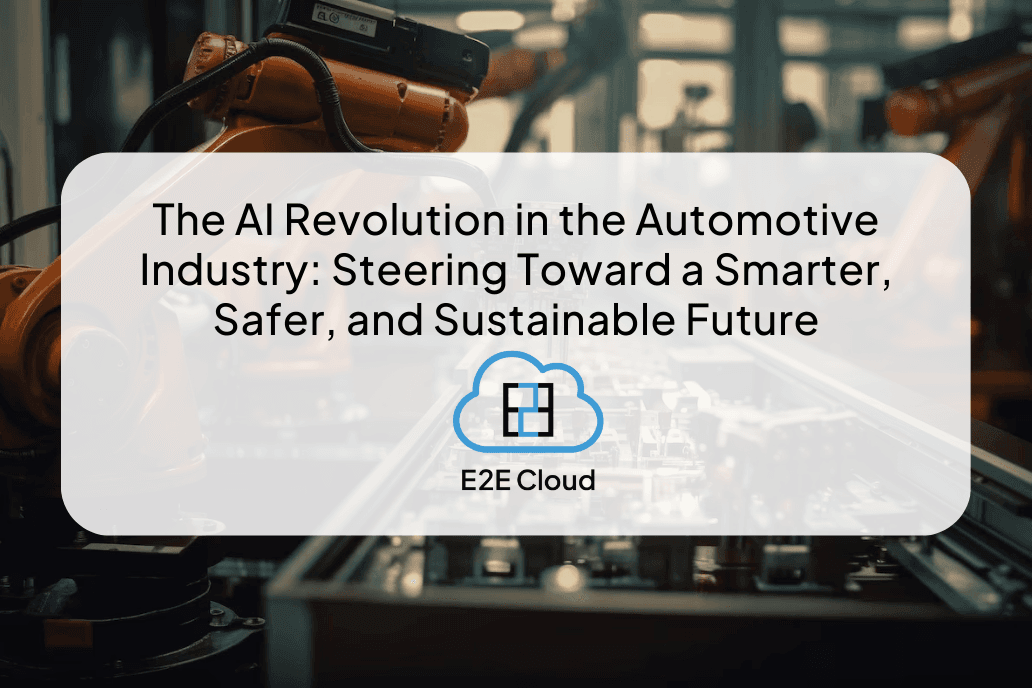Kubernetes is a scalable, expandable, open-source framework that enables both declarative configuration and automation to manage the containerized workloads and services. Kubernetes has a broad and rapidly evolving ecosystem with readily available support, services, and tools.
The name “Kubernetes” means helmsman or pilot and has originated from the Greek language. In 2014, Google open-sourced the Kubernetes project. Kubernetes blends Google’s experience of operating production workloads on a scale for more than 15 years with best-of-breed group ideas and practices.
Why is Kubernetes Needed? And What is it Capable of Doing?
Containers are the right way for the programs to be packaged and run. You need to handle the containers that operate the software in a production environment to ensure no downtime. For starters, if a container goes down, it needs to start with another container. Wouldn't it be better if a machine managed this behavior?
This is where Kubernetes comes to the rescue! Kubernetes offers a unified approach to run distributed systems robustly. For your program, it takes care of the scaling and failover, offers deployment patterns, and more. For starters, a canary deployment for your framework can easily be handled by Kubernetes.
Kubernetes Components
- On deploying Kubernetes, you get a cluster.
- The Kubernetes cluster contains a set of user tools, called nodes, that run applications. All clusters have at least one worker node.
- Employee nodes(s) that handle Pods are items of the application workload. The Control panel manages user nodes and Pods in the cluster. In production environments, the control panel usually runs on multiple computers, and the clusters generally have multiple locations, providing error tolerance and high availability.
- With the help of the E2E cloud, you can instantly set up Kubernetes master, employee nodes and begin to work with Kubernetes clusters in just a few minutes.
Mentioned below are the two primary components of the Kubernetes Cluster:
Master Node
The master node manages multiple worker nodes and creates a cluster in Kubernetes. It has the below-mentioned features to help you manage your worker nodes.
Kube APIServer - Works as a frontend, and all communications are made through the API server.
Kube Scheduler - The scheduler organizes all activities on worker nodes based on events
Kube-Controller - Controls all active collections and uses them to manage clusters.
Worker Node
A master node controls this node; new user nodes can join the existing Kubernetes collection. To connect a worker node with a master node, you must provide an ONEAPP_K8S_ADDRESS master node. Alternatively, this node will be used as the standalone master of one node group.
kubeadm - Receives information about the clusters from the Kubernetes API server.
kubelet - This takes details to start the process when we can connect to the server using location id.
Deployment and Management of E2E Collection Kubernetes
Deploying the Master Node
When you start the Master Node, you do not need to set anything in advance. A fully functional single-node Kubernetes cluster can be expanded by other worker nodes any time after launching the node.
A master node can be quickly launched from the Kubernetes option in the Create a Compute Node Page and select the Master Node to start with the appropriate programs.
Deploying the Worker Node
When you start a Worker Node, you need details mentioned below for the OneAPP_K8S Master node address ahead of time, and you will be asked for this information before launching your worker node.
- K8S_ADDRESS
- K8S_HASH
- K8S_TOKEN
Once you have received the details, you can start a worker node from the Myaccount Portal by providing those parameters.
That is all it takes to introduce a node master and worker from Myaccount successfully. Now it's time to connect to the cluster.
Remotely Accessing the Kubernetes Cluster
To manage the Kubernetes collection remotely, you need to install Kubectl CLI on your system. To install the tool, follow the official installation guide. You can confirm the correct installation using the command below on your Local Machine when you are done.
kubectl - help
You also need to be configured with the cluster Master node IP address and access buttons added to your local machine to connect. This setting can be taken from the master node in the
file /etc/kubernetes/admin.conf and copied to your remote system in ~ / .be / config.
Access to the Kubernetes Dashboard
The Kubernetes Dashboard (Web UI) is not automatically available and must be enabled on your remote system.
Launch proxy command will always be valid before hitting CTRL + C to terminate it at the end.
kubectl representative
It runs on 127.0.0.1: 8001
In the same host, open your web browser and paste the URL below to open the Kubernetes Dashboard.
http: // localhost: 8001 / api / v1 / namespaces / kubernetes-dashboard / services / https: kubernetes-dashboard: / proxy /
You will be logged in to the Kubernetes Dashboard login screen.
We hope the article above has helped you gain a fair understanding of Kubernetes and how to deploy a multi-master Kubernetes Cluster on the E2E Cloud.
For any help reach out here: https://bit.ly/3mFerJn
E: huma.firdaus@e2enetworks.com
M: 8448793014









